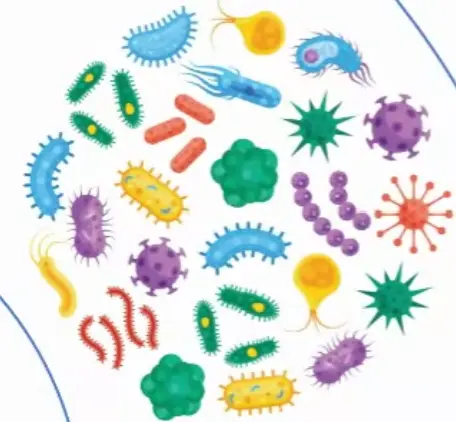MDM2 Protein Vector Human
The MDM2 plasmid lentivector is a molecular tool used in gene delivery and expression studies, particularly in the context of cancer research and the regulation of the p53 tumor suppressor pathway.
Description of the MDM2 plasmid lentivector:
MDM2 (Mouse Double Minute 2 Homolog)**: MDM2 is an important negative regulator of the p53 tumor suppressor. It binds to p53, inhibiting its transcriptional activity and promoting its degradation. Overexpression of MDM2 is often associated with various cancers, making it a significant target for therapeutic intervention.
- Lentivector Backbone: The MDM2 plasmid is typically constructed on a lentiviral backbone, which allows for stable integration of the MDM2 gene into the host cell genome. This enables long-term expression of the MDM2 protein.
- Promoter: The vector usually contains a strong promoter (such as the CMV or EF1α promoter) to drive high levels of MDM2 expression in target cells.
- Selectable Marker: The lentivector often includes a selectable marker (e.g., puromycin or GFP) that allows for the identification and selection of successfully transduced cells.
- Packaging Elements: The vector may contain necessary elements for packaging into lentiviral particles, such as the RRE (Rev Response Element) and the Ψ (packaging signal).
Gene Overexpression Studies: The MDM2 lentivector can be used to overexpress MDM2 in various cell lines to study its effects on p53 activity and cellular responses to stress.
- Cancer Research: Researchers can use this vector to investigate the role of MDM2 in tumorigenesis, drug resistance, and the development of targeted therapies.
*Functional Studies: The MDM2 lentivector can be employed in functional assays to assess the impact of MDM2 on cell proliferation, apoptosis, and other cellular processes.
Transduction Process
- Lentiviral Production: The MDM2 plasmid is co-transfected into packaging cells (e.g., HEK293T) along with helper plasmids to produce lentiviral particles.
- Transduction: The lentiviral particles are harvested and used to transduce target cells. The viral envelope facilitates the entry of the viral genome into the host cell.
- Selection: After transduction, cells are selected using the appropriate antibiotic or marker to enrich for those that have successfully integrated the MDM2 gene.
- Biosafety: Working with lentiviral vectors requires adherence to biosafety guidelines due to their ability to integrate into the host genome.
Our latest content
Check out what's new in our company !
